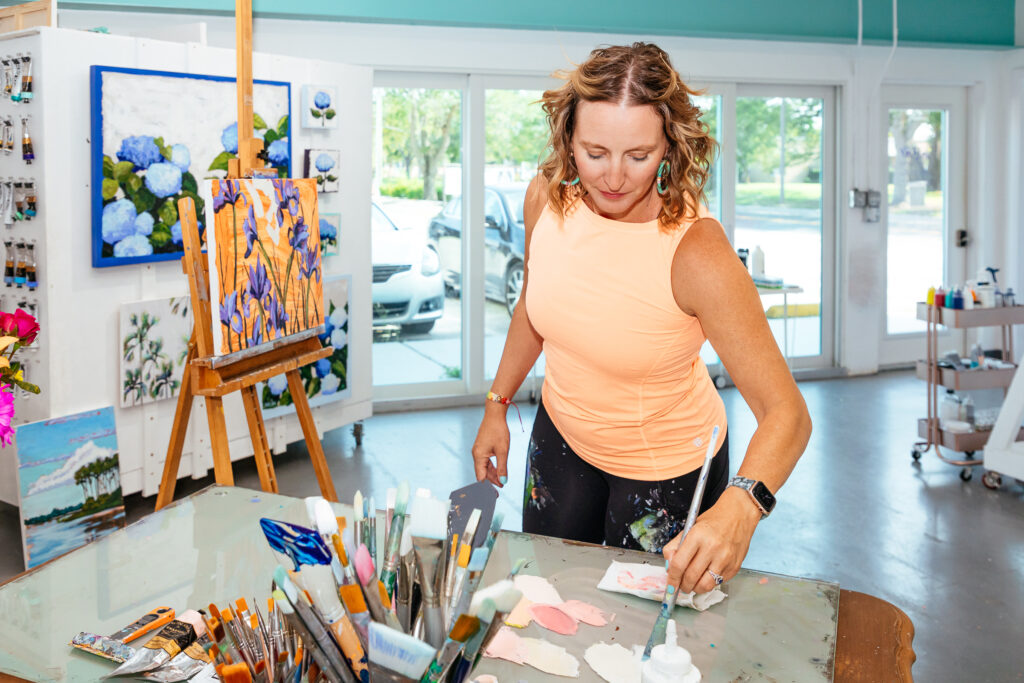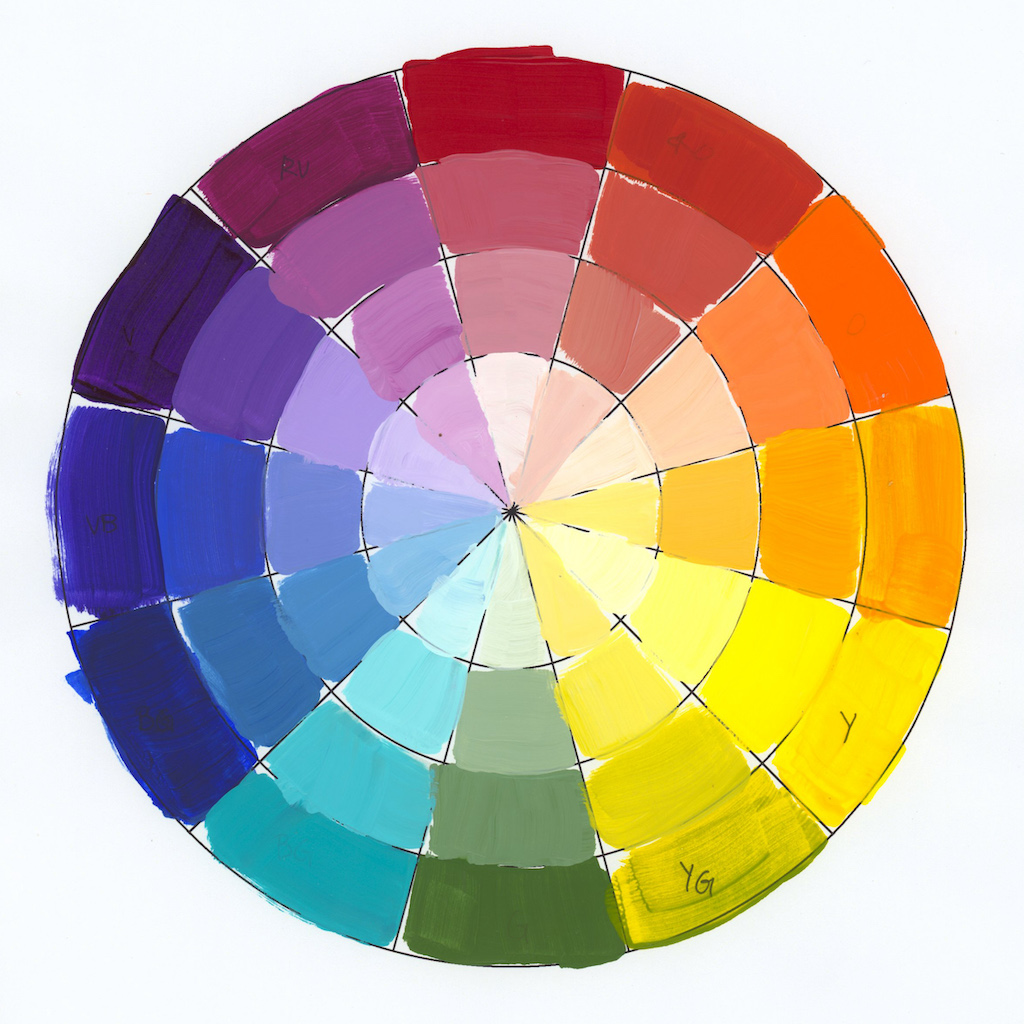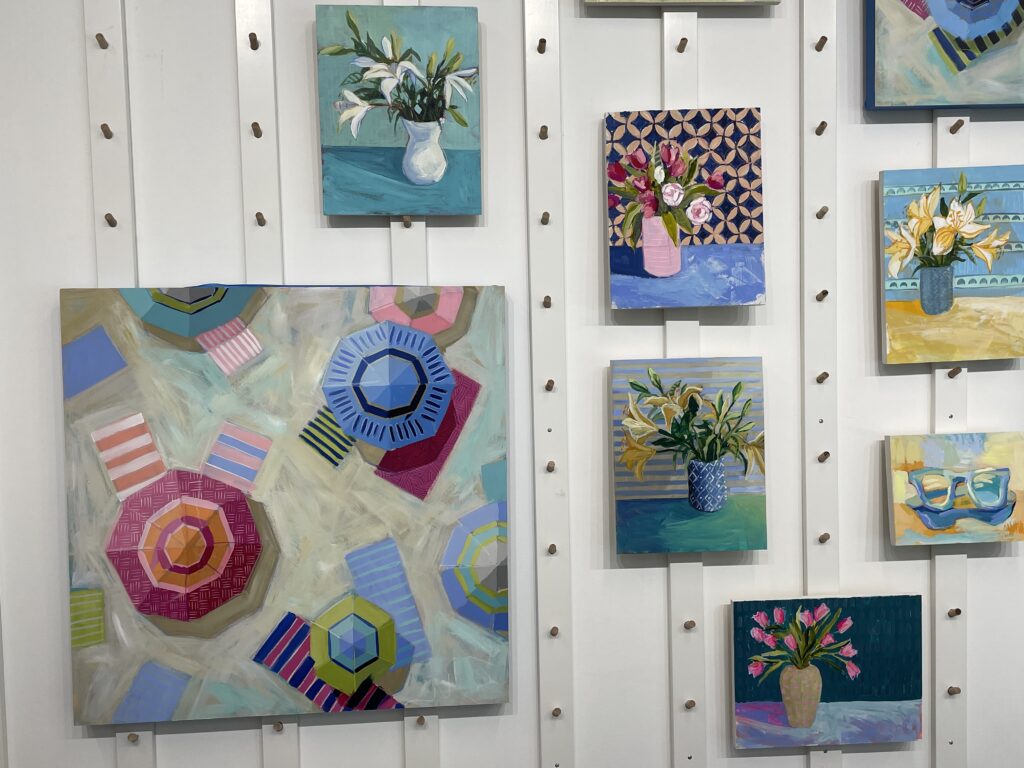I. Introduction
Hey there! Ever wondered why some paintings just pop and hold your gaze? The secret often lies in the magical world of color theory. It’s like a superpower for artists, and once you harness it, your art can truly transform. We’re going to chat about the color wheel, a nifty tool that’s more than just a pretty circle, and its significance in the art world. So, grab your palette (and maybe a coffee) as we embark on this colorful journey!

II. The Color Wheel in Art
Picture a rainbow curled up like a cat – that’s essentially the color wheel. It’s an artist’s best friend, showing how colors relate to each other. At the core of this vibrant circle are the primary colors – think of them as the parents in the color family. Then, there’s the secondary colors, the children, born from the mixing of primary colors. And let’s not forget the tertiary colors, the blend of primary and secondary hues. It’s like a color soap opera with twists and turns!

III. Primary Colors
Primary colors are like the three musketeers of the art world – red, yellow, and blue. They’re the root of all other colors. It’s amazing how these three can mix and mingle to create a whole spectrum! Understanding primary colors is your first step in mastering the art of color mixing.
IV. Secondary Colors
Secondary colors are the vibrant offspring of primary colors. Mix red and yellow, and voila, you get orange! Blend blue and yellow, and greet green. Combine red and blue, and say hello to purple. These colors add depth and variety to your artwork, giving it that extra oomph.
V. Tertiary Colors
Imagine primary and secondary colors having a dance and creating tertiary colors. These are the complex, sophisticated relatives in the color family, like blue-green or red-orange. They bring nuance and subtlety to your paintings. It’s where the magic of color harmonies comes to play, perfect for those looking to add a dash of complexity to their canvases.

VI. Color Schemes and Combinations
Color schemes are like recipes for a visually stunning dish. From monochromatic elegance to the boldness of complementary colors, and the harmony of analogous colors, these schemes are tools to create aesthetic appeal and visual impact. It’s all about mixing and matching to find that perfect balance. Ever seen a sunset and thought, “Wow, that’s gorgeous!”? That’s the power of effective color combinations.
VII. Color Theory and Color Confidence TL;DR [Conclusion]
And there we have it! A whirlwind tour through the vibrant world of color theory. Remember, understanding color theory isn’t just about making pretty pictures. It’s about setting the mood, telling a story, and expressing your creative self. So go ahead, experiment with colors, and let your canvas be your playground. Trust me, your newfound color confidence will shine through in every stroke!
I probably cannot read this often enough. It’s so true that certain color combinations can add that needed pop to make your artwork shine. The secret lies in practicing the color wheel/it takes time and patience/but it can make all the difference in the world . It’s certainly is the icing on the cake.